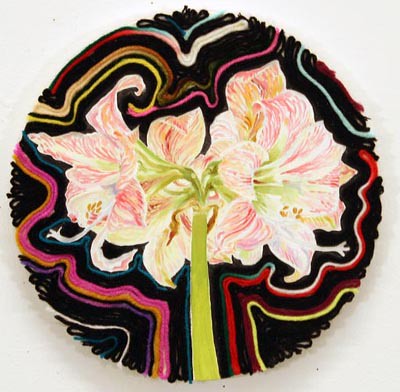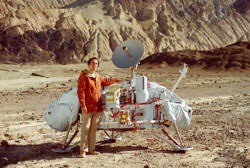Everyone who has seen the Martín Ramírez retrospective at the American Folk Art Museum has something to say about the trains. We’ll look at some trains, and then consider a few remarks critics have made. The critics share a commitment to viewing Ramírez as an artist, full stop, rather than as an “outsider artist”—“self-taught artist” is this season’s preferred clumsy euphemism—and their progressive spirit leads them to neglect the interpretive relevance of Ramírez’s schizophrenia. I think that magical thinking, metaphysical hypotheses, and non-typical beliefs about the nature and cause of mental events might matter in understanding his work. But the best way to honor Ramírez as an artist is to look at his drawings; the psychological themes I’m interested in are, I think, right there. To the trains!
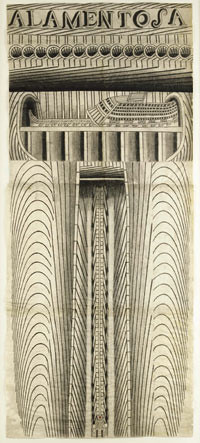
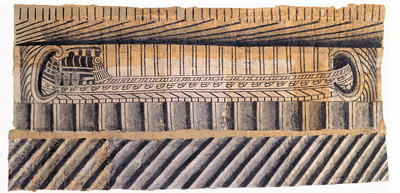

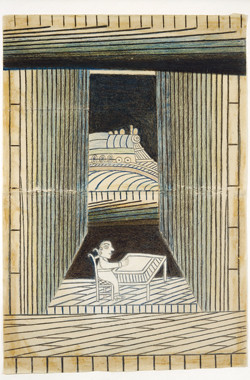
Víctor M. Espinosa and Kristin E. Espinosa suggest a
biographical reading:
Trains, of course, had an important place in Ramírez’s life as an immigrant. He was born in 1895, just eight years after Los Altos de Jalisco was connected to California by railway. As many Mexican immigrants did at that time, he traveled north to the border by train, crossed into the United States at El Paso, Texas, and then traveled to contracting centers in San Antonio. There, like thousands before and after him, he could board other trains headed for California, Kansas, and Illinois. In northern California, Ramírez worked at mines and in the railroad industry; the railroad tracks were never far away.
Victor Zamudio-Taylor proposes a
cultural-historical reading:
[…]the “fire horse”—as trains were called by Native Americans and peasants in Mexico—broke down premodern economic, social, and cultural constructs, leaving people with premodern backgrounds and traditions at odds with a changing universe, if not in a cultural limbo or Nepantla—the cultural in-between state of a person trapped in a new world that is both incomprehensible and frightening but also at least partly desirable. This may explain Martín Ramírez’s obsession with trains and tunnels, which he represents in closed, hermetic, dense, and engulfing settings.
There’s Sanford Schwartz’s
sociological reading:
There are roadways, tunnels, and cars of every vintage, yet the roadways are so many detoured paths or dead ends, and Ramírez’s subject might be urban confusion in itself.
And Daniel Baumann’s
formalist reading:
Where does this train go to? To Drawing City.
Let’s consider a couple remarks in greater depth:
Roberta Smith:
Rhythmic surfaces, plunging spaces and various modes of transportation (boats also shunt out of the tunnels, turning the roadways into canals) make visual the themes of distance and separation, isolation and longing.
transportation: The trains in these drawings don’t seem to be transporting anything—they are opaque and unpeopled, and there’s no indication that they might stop for us or Ramírez or anyone. They are not depicted as instrumental or tool-like or technological. They are not in the service of agents—they are agents. They run themselves in a world that is built for them, not us.
distance and separation: Whatever the geography (or geology) of the trains’ world might be, it is unknown to us. It may be true that Ramírez took a train from Mexico to California and never went back, but the trains in his drawings are shown without visible endpoints. The relevant termini are not home/away or past/present. The fundamental disjunct is between the world we see and whatever is on the other side.
isolation and longing: Ramirez’s work strikes me as affectless and objective; we do not long to be where the train is going. Our alienation from its world is constitutional, metaphysically necessary, and not really the sort of thing you can feel nostalgia or loss about. Horror and awe, maybe. Curiosity.
Brooke Davis Anderson:
Only the well-known photographer O. Winston Link obsessed as much as Ramírez over steam-engine trains; both artists seem to have been enthralled by the industrial genius and prowess trains embody.
the industrial genius and prowess trains embody: I agree, if what Anderson means is that the train itself is a sort of genius. It knows the interior of spaces we can see only occasional outer contours of. Moreover, it knows more than art does—it trundles off into the other side of abstract drawing space, into wherever art comes from. Or maybe the genius and prowess of the train is in this, that it constructs the world it drives around in, that the mental space that seems to be our own—the surface world of the drawnings—is neither private nor individual, but the product of a sublime agency whose workings are mostly well concealed and rarely glimpsed by neurotypical minds.
